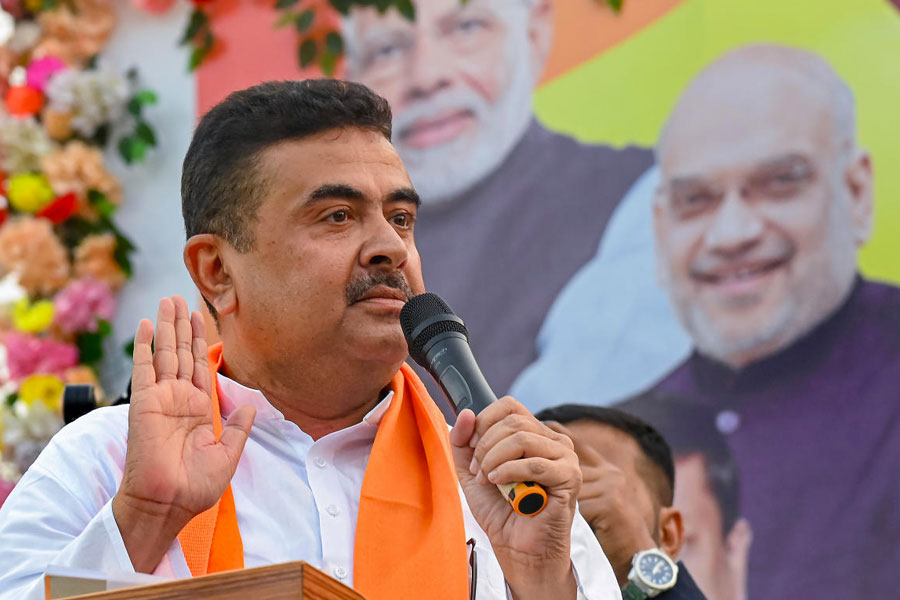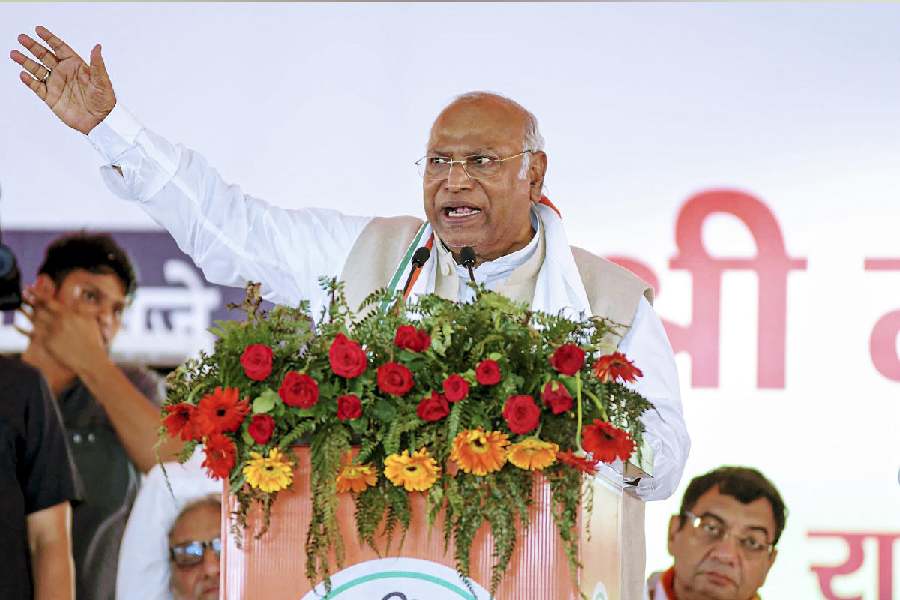As the ubiquitous tram rattles into its 150th year of existence on the streets of Calcutta, it — the irony is palpable — faces an existential crisis. The numbers tell the story. Seven tram depots and four sub-depots operational in 2001 fell to only two depots and one sub-depot in 2021. Out of the 180 tramcars that were operational in 2011, only 20 were being run in 2021. Even as recently as in 2017, the number of routes on which the West Bengal Transport Corporation — the successor of the Calcutta Tramways Company — was running trams regularly was 25. Today that number has dwindled to two. The reasons for this slow extinction are not far to seek: institutional apathy combined with a loss of public popularity on account of the changing face of the mass transport system. Calcutta’s mayor and his peers have, on separate occasions, held trams responsible for causing traffic snarls in the city known for congestion: the municipal thrust seems to be to convert trams into an ornamental relic meant for the consumption of tourists. Such a blinkered approach is certainly responsible for the fact that a grant of Rs 46.20 crore from the World Bank in 1980 was the last instance of any sizeable investment in Calcutta’s tramways.
This myopic view on the tram is a pity. Used intelligently as part of the mass transit system, trams can help cities meet their clean air targets and ensure a lower carbon footprint. The average speed of trams is also considerably higher than the speed of vehicular traffic across bustling intersections and overcrowded roads. Critics who blame tram cars for slowing down Calcutta’s traffic should take note of this. There is enough evidence of the commercial viability of trams in international settings. The German government reintegrated trams into the public transport system connecting erstwhile East and West Germany after the fall of the Berlin Wall in 1989. Melbourne also has a successful tramway service spanning 250 kilometres of prime urban space, with 1,763 stops. If the West Bengal government works out an efficient service design for the routes and modernises the carriages, the Calcutta tram has the potential to be a lifeline for the average commuter while contributing almost nothing to urban air pollution levels. On its 150th anniversary, perhaps it is time for the tram — a cheap, efficient, environmentally-friendly mode of transport — to make a comeback.










